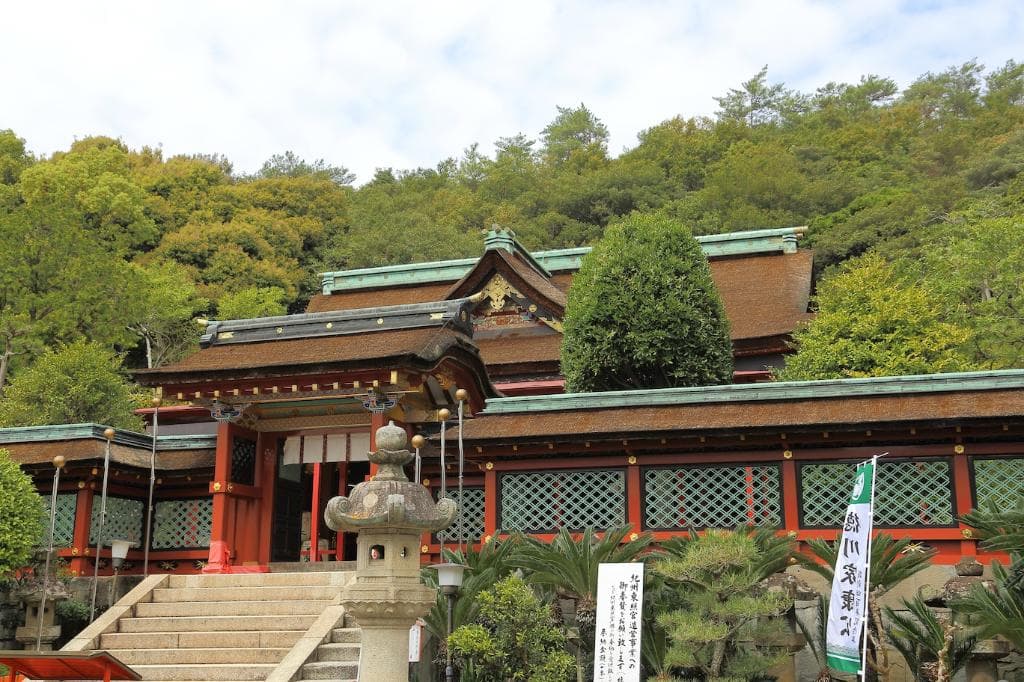
Kishu-sen Wakayama
A historic Shinto shrine in Wakayama, famous for its steep 108 steps offering panoramic bay views and intricate, symbolic carvings.
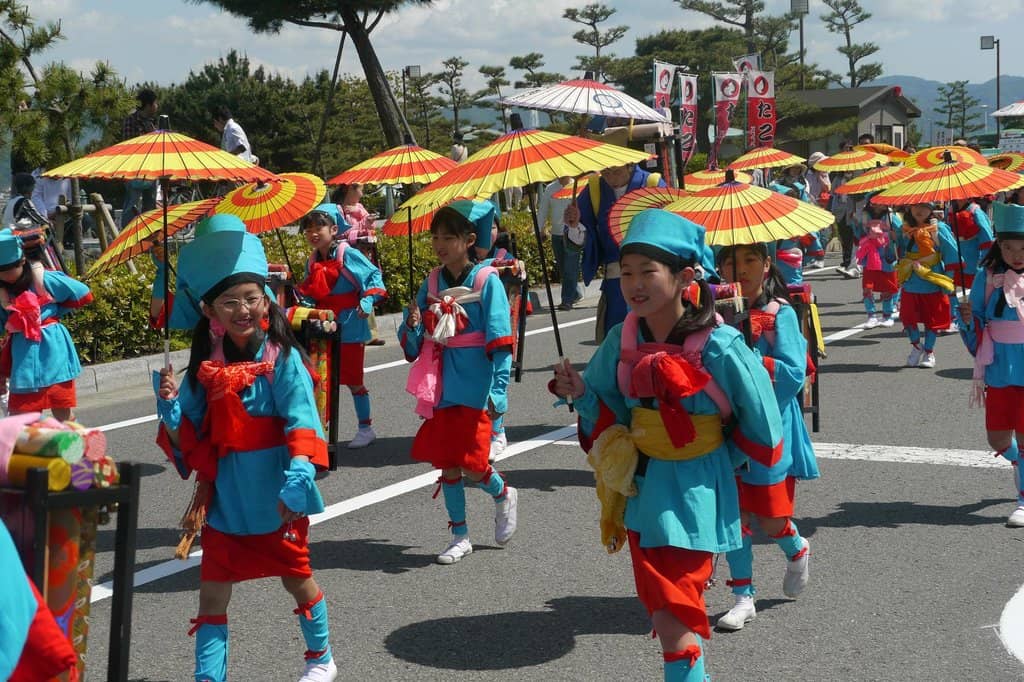
Highlights
Must-see attractions

Social
From TikTok & Reddit
Best Time
Fewer crowds, serene atmosphere

Kishu-sen Wakayama
Best Time
Fewer crowds, serene atmosphere

Highlights
Must-see attractions
A historic Shinto shrine in Wakayama, famous for its steep 108 steps offering panoramic bay views and intricate, symbolic carvings.
"Stunning views from the top of the 108 steps make the challenging climb worthwhile."
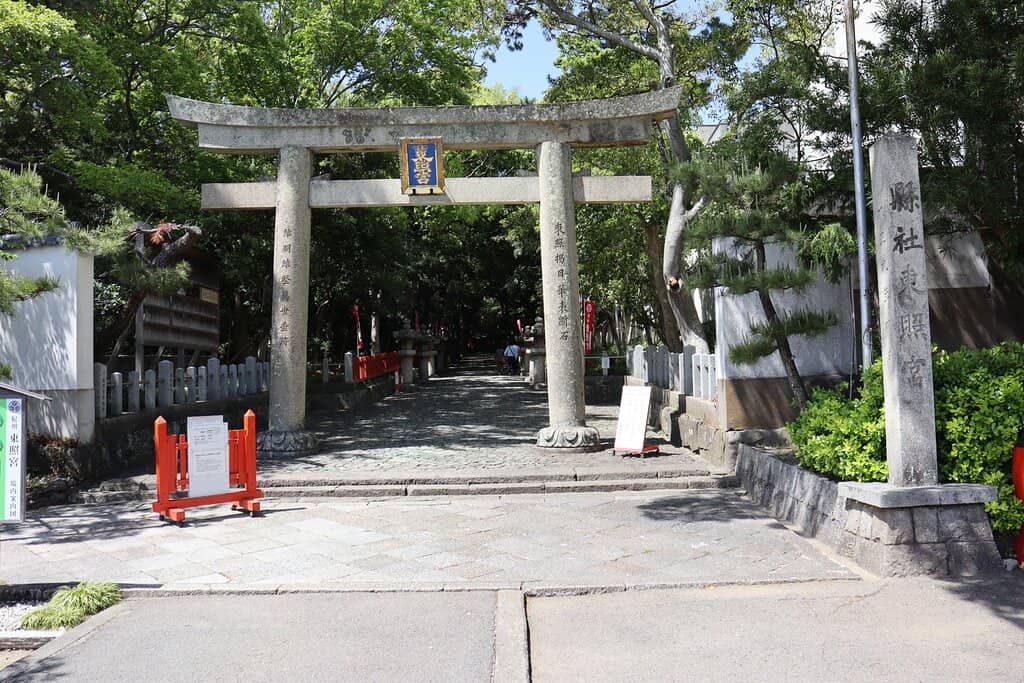
👟 Conquer the Stairs
Wear comfortable shoes for the 108 steep steps. A gentler path is available.
🚫 No Photos Inside
Photography is prohibited in the main shrine (Honden). Respect the rules.
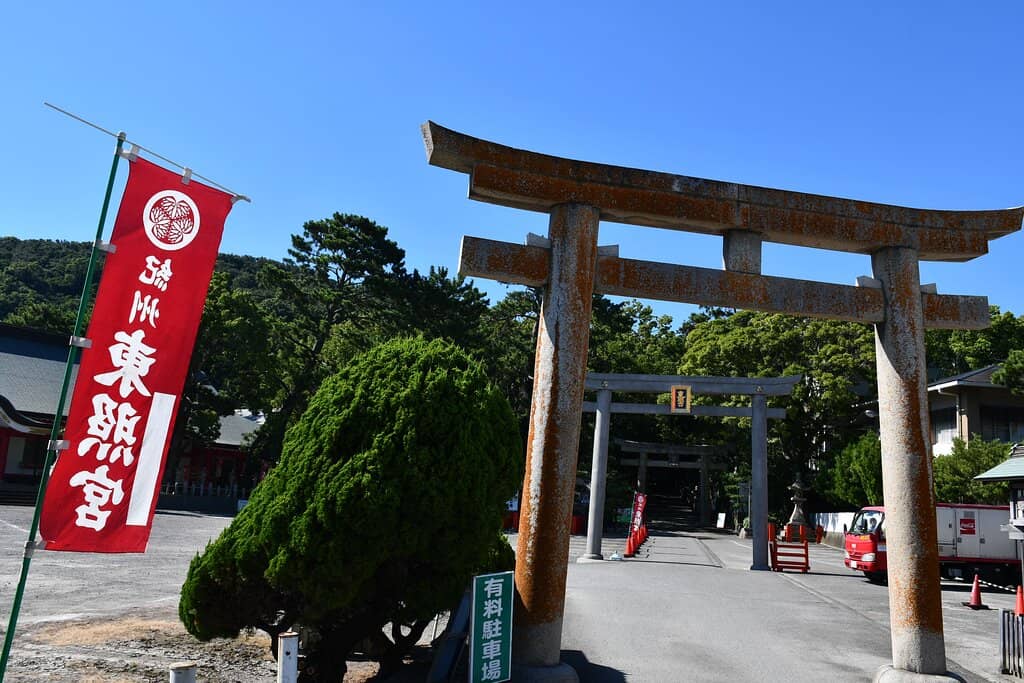
Highlights
Discover the most iconic attractions and experiences
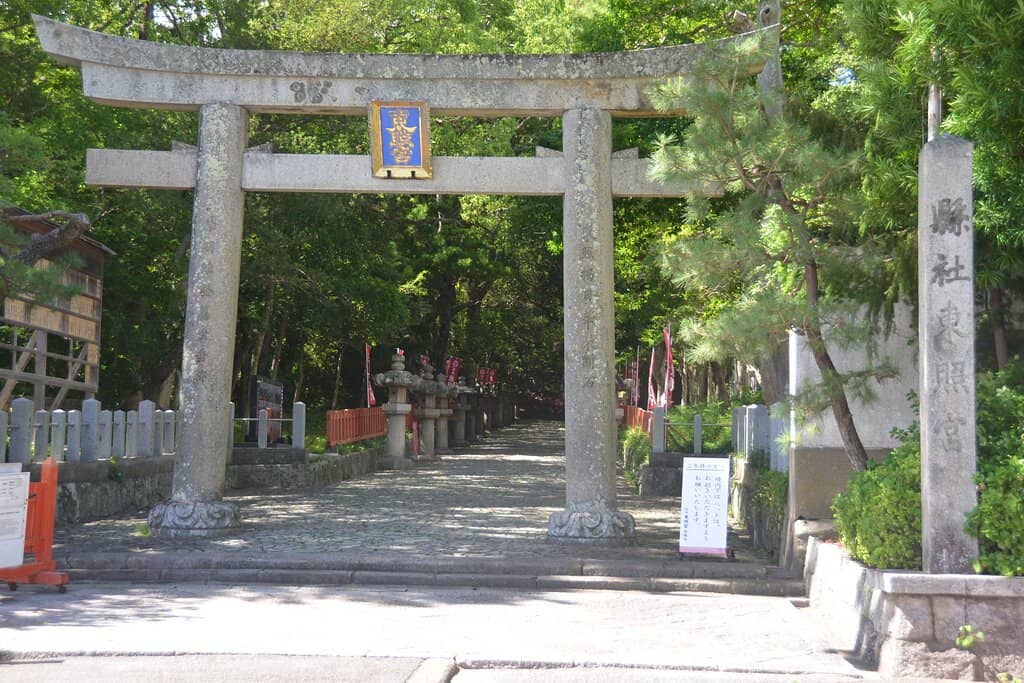
The 108 Steps
A challenging but rewarding climb offering stunning panoramic views of the bay and surrounding landscape.
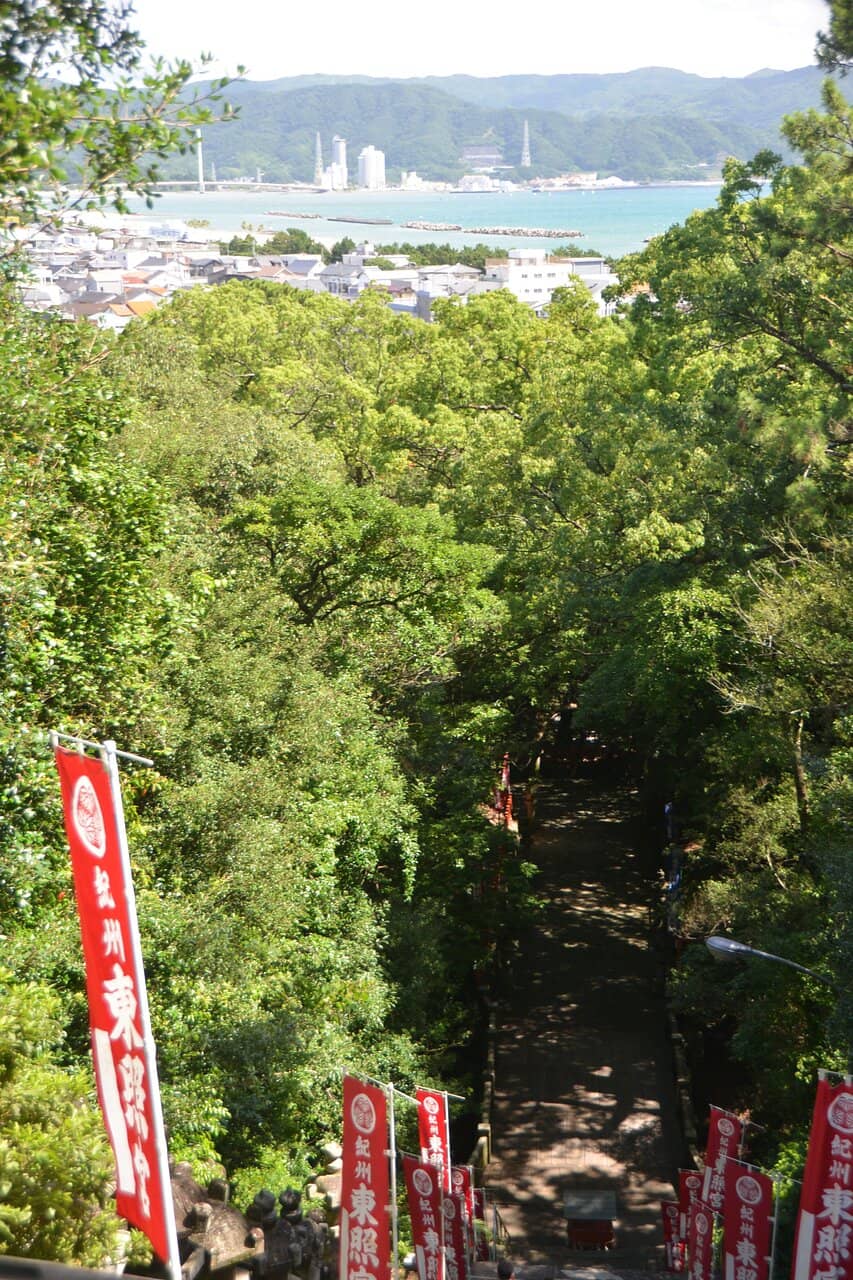
Intricate Woodwork and Paintings
Marvel at the detailed carvings of animals, dragons, and historical scenes within the main shrine.

Symbolic Engravings
Discover the hidden meanings behind the carvings of hawks, pheasants, dragons, and carp, symbolizing samurai strength and success.
Plans like a pro.
Thinks like you
Planning Your Visit
Embrace the Climb
Respect the Sacred Space
Best Times
Insider Tips
from TikTok, Instagram & Reddit
👟 Conquer the Stairs
Wear comfortable shoes for the 108 steep steps. A gentler path is available.
🚫 No Photos Inside
Photography is prohibited in the main shrine (Honden). Respect the rules.
🗣️ Chat with Shrine Police
They share fascinating stories and symbolism of the carvings.
📜 English Guides Available
Understand the history and antiques with provided English documents.
Tips
from all over the internet
👟 Conquer the Stairs
Wear comfortable shoes for the 108 steep steps. A gentler path is available.
🚫 No Photos Inside
Photography is prohibited in the main shrine (Honden). Respect the rules.
🗣️ Chat with Shrine Police
They share fascinating stories and symbolism of the carvings.
📜 English Guides Available
Understand the history and antiques with provided English documents.
🧘♀️ Relaxing Atmosphere
Enjoy the peaceful ambiance, a favorite spot for locals seeking relaxation.
What Travellers Say
Reviews Summary
Visitors praise Kishu-sen Wakayama for its stunning bay views and the rewarding climb up the 108 steps. The intricate carvings and historical significance of the shrine are also highly appreciated, with many finding the atmosphere to be deeply relaxing. However, the strict no-photography rule inside the main shrine can be a point of disappointment for some.
"Very beautiful, I recommend a quick visit at least. While waiting for the goshuin I asked the Miko manning the front some questions in my lackluster Japanese about stuff that wasn’t in the provided guide, she was very nice and knowledgeable. If I understood right, the artillery shells are from the Russo-Japanese War, when the navy visited the shrine!
You can't photograph the building in the back "Honden" but please visit it! It has amazing woodworking and paintings!"
miksha moksha
"Built in 1621, Kishu Toshogu Shrine is an important cultural property in Japan. The stairways up the Shrine were long and steep. However, there was a more gentle one on the left side after the bridge. It's winding but comparatively easier to walk.
Panaromic view up the steps."
Martlet
"This place is kind of relaxing , make yourself calm and make me feel very comfortable. I like this place most of the Japanese people, they come to here often because they loves to do the relaxation in this temple."
Mischief Marcus
What People Like
What People Dislike
Frequently Asked Questions
🚇 🗺️ Getting There
Information on public transport and driving directions to Kishu-sen Wakayama is not readily available in the provided content. It's recommended to check local transit maps or use a navigation app for the most up-to-date routes.
Parking availability at Kishu-sen Wakayama is not specified in the provided information. It's advisable to research local parking options or consider public transportation.
Specific travel advice from Wakayama City to Kishu-sen Wakayama is not detailed. Travelers may need to consult local transit schedules or ride-sharing services.
Information regarding shuttle services to Kishu-sen Wakayama is not provided in the given content.
Travel times to Kishu-sen Wakayama from other cities are not detailed in the provided sources. Planning your journey in advance is recommended.
🎫 🎫 Tickets & Entry
Yes, there is an entrance fee to visit Kishu-sen Wakayama. English documents are available to help visitors understand the antiques inside.
Specific opening hours for Kishu-sen Wakayama are not mentioned in the provided content. It's best to check official sources or local listings before your visit.
Information on advance ticket purchases for Kishu-sen Wakayama is not available. It's likely that tickets can be purchased upon arrival.
Details about potential discounts for students or seniors at Kishu-sen Wakayama are not provided in the given information.
The operating status of Kishu-sen Wakayama on weekends and holidays is not specified. It's advisable to confirm their schedule in advance.
🎫 🧭 Onsite Experience
The main attraction is the steep climb of 108 steps leading to the traditional Shinto shrine, offering panoramic bay views. The shrine itself features intricate carvings and historical significance.
No, photography is strictly prohibited inside the main shrine building (Honden).
The 108 steps are a physical challenge leading to the sacred space, and the climb offers rewarding panoramic views.
Yes, there is a gentler, winding path available on the left side after the bridge, which is comparatively easier to walk than the main 108 steps.
You can see detailed engravings by Jingoro Hidari on the front door depicting hunting hawks and pheasants, as well as dragons and tigers on the front four poles. The shrine hall is also decorated with carvings of animals like cranes.
📸 📸 Photography
The top of the 108 steps offers stunning panoramic views of the bay, making it a prime photography spot. The exterior of the shrine buildings also provides picturesque opportunities.
No, photography is strictly forbidden inside the Honden.
Early mornings and late afternoons offer softer light, ideal for capturing the scenic views and the shrine's architecture. Golden hour can be particularly beautiful.
Experiment with capturing the scale of the 108 steps from the bottom, and the expansive bay views from the top. The intricate details of the exterior carvings are also worth focusing on.
Always be mindful of other visitors and respect any 'no photography' signs, especially near the Honden.
For Different Travelers
Tailored advice for your travel style
👨👩👧 Families with Kids
Consider visiting during less crowded times to allow children to explore more freely. The peaceful atmosphere of the shrine grounds can also be a calming influence. Pack snacks and water, as amenities might be limited.
🚶♀️ Solo Travelers
The serene environment is perfect for quiet contemplation. Nearby retreat centers like SEN.RETREAT TAKAHARA offer opportunities for further relaxation and connection with nature, which can be particularly appealing for solo visitors seeking a peaceful escape.
couples
Consider staying at one of the nearby retreat centers, such as SEN.RETREAT TAKAHARA, which offer private saunas and beautiful natural settings, ideal for a romantic getaway. The option for private BBQ and enjoying the starry night sky further enhances the romantic appeal.
Deep Dives
In-depth insights and expert knowledge
The Significance of the 108 Steps
For those who find the 108 steps daunting, a gentler, winding path is available on the left side after crossing the bridge. While this route is less strenuous, it still offers a pleasant walk through the natural surroundings. Regardless of the chosen path, the destination is a traditional Shinto place of worship steeped in history and cultural significance.
Artistry and Symbolism Within the Shrine
Key carvings include depictions of hunting hawks and pheasants on the front door, symbolizing the samurai's prowess, and dragons and tigers on the front poles, representing power and good fortune. The carp transforming into a dragon is a particularly potent symbol of success. The shrine hall also features murals by Kano Tanyu and carvings of animals like cranes, symbolizing longevity.
A Place of Serenity and Relaxation
The concept of 'retreat' is central to the experience offered by nearby accommodations like SEN.RETREAT TAKAHARA and SEN.RETREAT CHIKATSUYU. These establishments emphasize disconnecting from daily stress and immersing oneself in nature. Whether it's enjoying a private sauna, participating in yoga, or simply soaking in the views, these retreats aim to provide a restorative escape.



Social
from TikTok, Instagram & Reddit